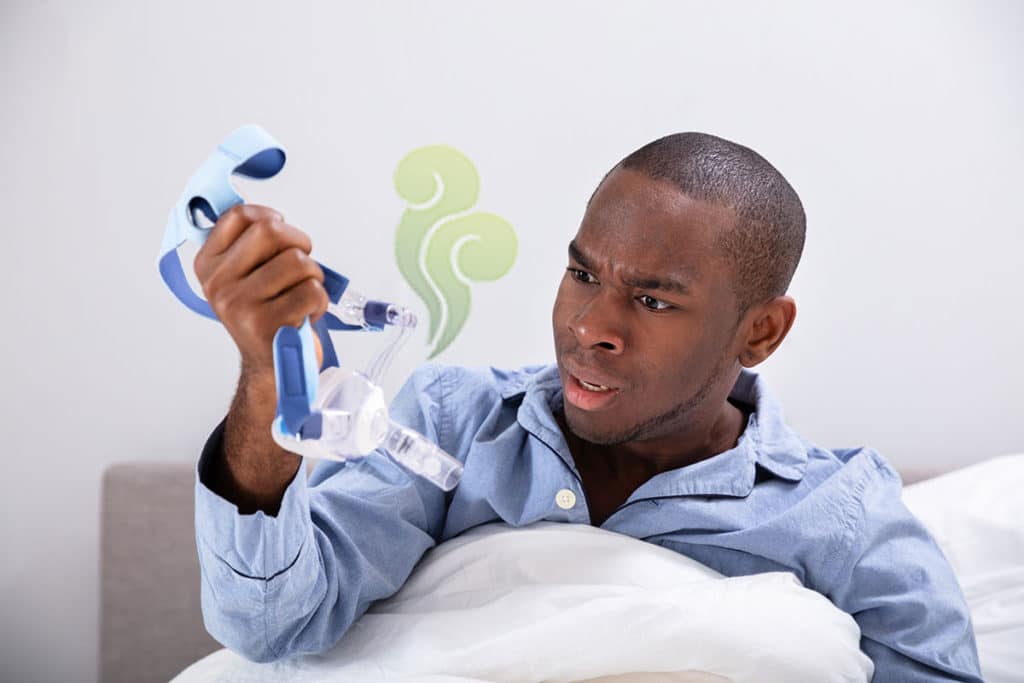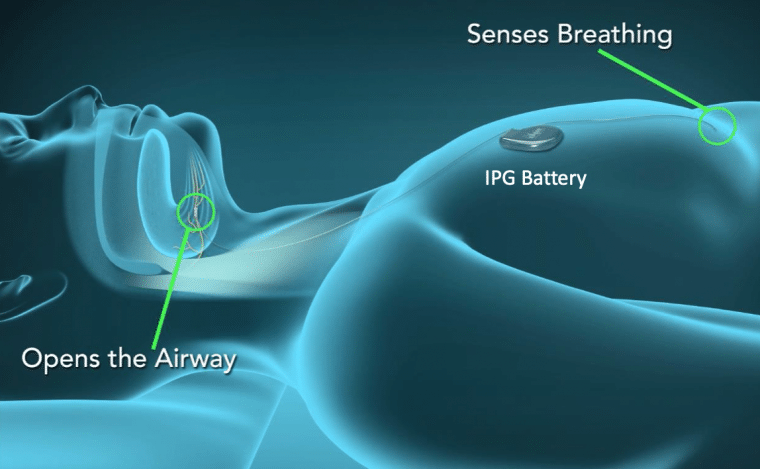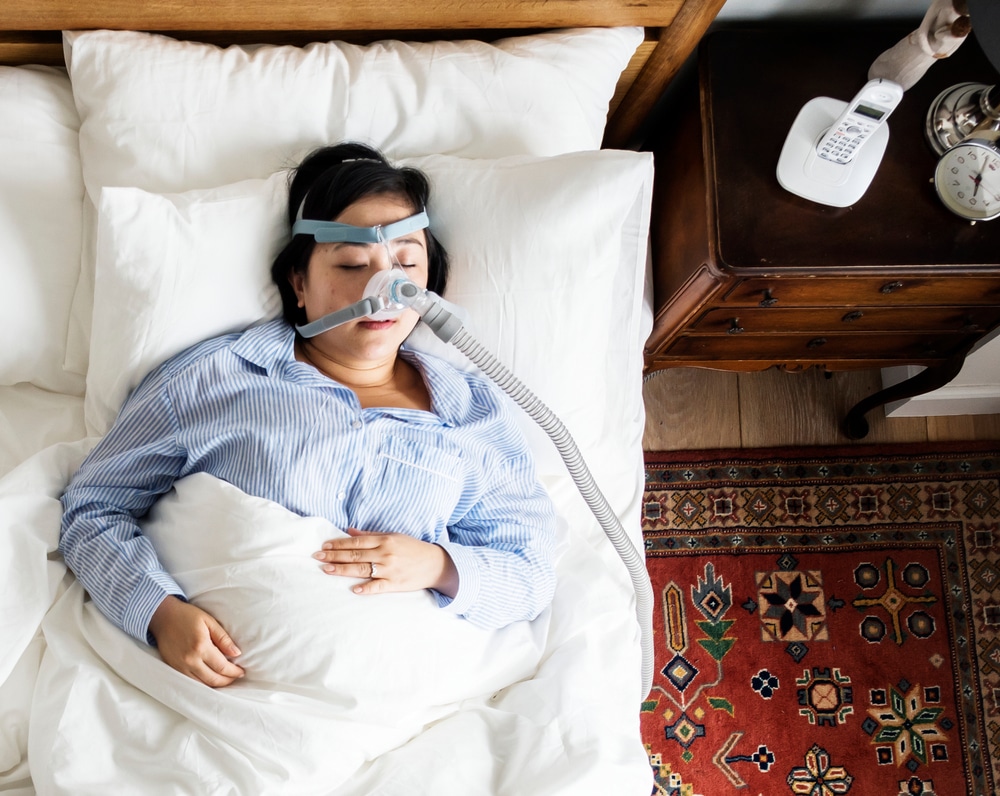Most people need quiet in order to get a good night’s rest. If you are undergoing nightly CPAP therapy, then that may be a challenge for you to get used to in the very beginning. The good thing about modern CPAP machines is that they should not generate any more noise than what a conventional fan creates. If you are waking up to loud noises coming from your mask or hose, it might be time to take a closer look at your CPAP setup to troubleshooting that pesky whistling sound.
Why is my CPAP tube making a whistling noise?
For some CPAP users, the problem comes along when there is a whistling sound coming from the hose. That is when it is time to look for any leaks in the hose or any other adjustments that can be made on the machine to ensure that your treatment is working properly and that you have as little noise as possible. Here are the steps you should take to investigate problems with your hose.
Step 1: Does your CPAP mask fit correctly?
Gently twist and pull your CPAP mask from your hose on your CPAP machine. Keep the hose connected to the machine and turn the machine on. If you notice that the whistling sound is no longer there, then it is possible that the sound is coming from the mask and not the hose. The best way to solve this problem is to have your mask refitted so it better adjusts to your face.
Step 2: Is the CPAP hose stretched out?
It is possible for air leaks to occur when the hose is not properly connected to the CPAP machine. Gently twist and push the rubber end of the CPAP hose towards the surface of the machine. This should close up any air leaks. If the whistling still occurs, it is a possibility that the hose has stretched too much and can no longer be secured to the machine. In this case, the hose will have to be replaced.
Step 3: Are there holes in the hose?
It is important to check your hose for holes. To do this, fill a bucket with water and remove the hose from your CPAP machine. Place the hose completely underwater and allow it to fill. Once you see the hose is filled with water, plug your fingers into both ends of the holes so that the water remains in the hose. Next, lift the hose out of the water and see if there are any leaks along with the hose. If you see any holes present, purchase a new hose.
Step 4: Is your hose worn out?
It is possible for your tube to wear out over time. Look for dry, cracked sections on the inside lining or on the rubber ends of your CPAP hose. You should also be looking for mineral deposits or mold from water that was left inside the hose. These are all signs that your hose should be replaced.
** This post was originally published on https://www.cheapcpapsupplies.com/blog/reduce-whistling-cpap-tube/













